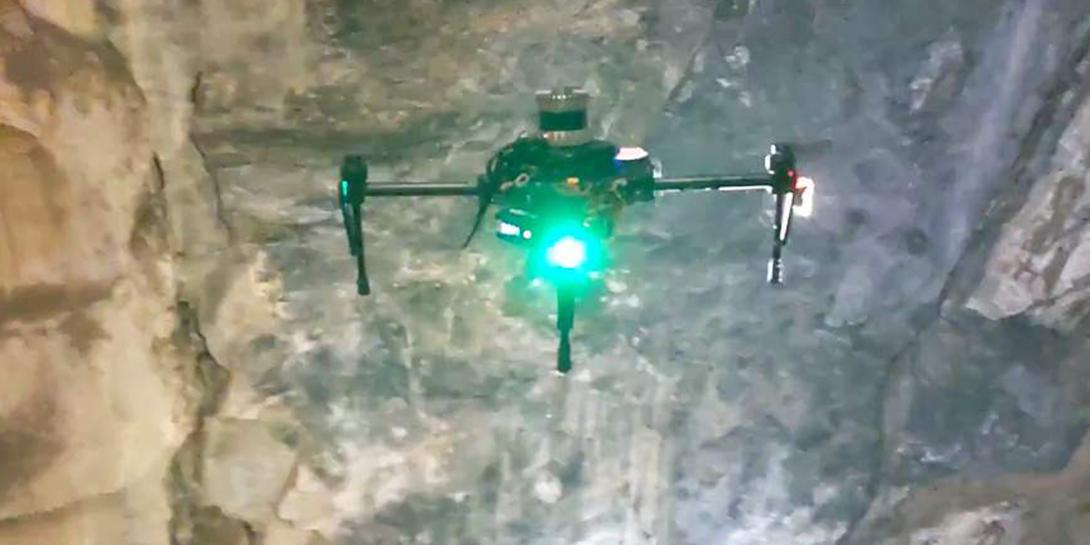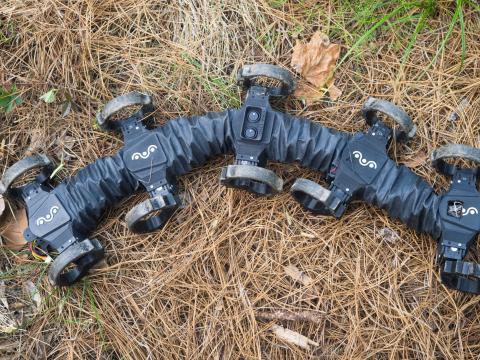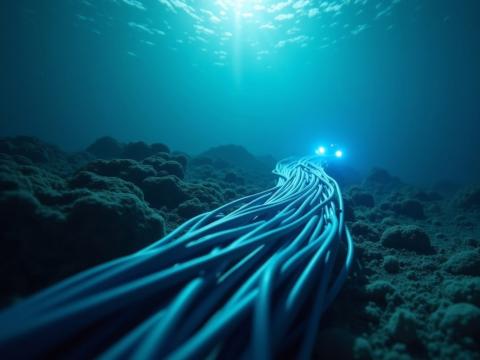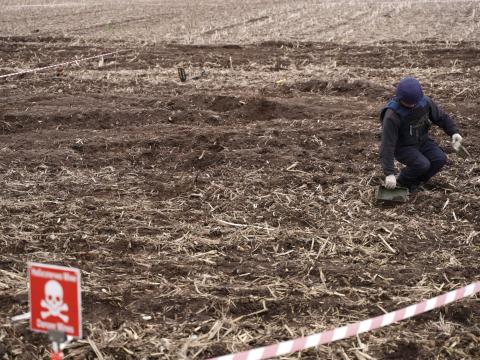DARPA’s Robotic Triathletes Poised for Final Contest
The Defense Advanced Research Projects Agency’s Subterranean Challenge, an effort to develop robot technologies capable of performing underground, is expected to host its final contest next month, but the program has advanced robotics technology that already are being used.
The program aims to develop technologies to rapidly map, navigate and search complex underground environments such as human-made tunnel systems, urban undergrounds and natural cave networks. The challenge run by the agency commonly known as DARPA might be described as two challenges in one since it focuses both on physical and virtual robot technologies.
The best performing team in the Systems Competition will be awarded a $2 million prize while the best performing team in the Virtual Competition will be awarded a $750,000 prize. After three years of development, DARPA Subterranean (SubT) Challenge teams will get the chance to compete in the Final Event being held at the Louisville Mega Cavern in Louisville, Kentucky, on September 21-23.
The physical robotic systems can take any form or be any size. They can walk, swim, fly or roll. Ideally, the program will result in systems capable of performing in any underground environment, including manmade tunnels, such as mines, subway stations, parking garages and sewer systems, as well as natural cave networks. “What DARPA has done is create, in a number of cases, an environment that is audaciously difficult but really raises the bar on the challenges these robots will face in four areas, namely autonomy, networking, perception and mobility,” explains Timothy Chung, DARPA’s Subterranean Challenge program manager. “The idea here is to get robots that are not just the best swimmer or runner but in fact, the best all-around triathlete.”
It often can take years for technologies grown in government labs to be used in the real world, and sometimes they never are. But Chung does not foresee that being an issue for some of the components and integrated systems developed under the program. “We’ve already had a number of startup company spin-outs from some of these competition teams, and I think that’s a pathway to commercialize and productize and really see these technologies make it in the real world,” he says. “There are a number of technologies that are of keen interest to security and safety personnel as well.”
Some of the technologies could have immediate impact upon completion of the program, he suggests. “Across the board, I’m excited that the vision of a DARPA Grand Challenge, which tries to have these impacts maybe a decade or more later, will be able to find impact occurring even upon immediate completion of the final event.”
In fact, some already have been useful in the real world. “Some of them have already been deployed to mine shafts and infrastructure and oil rigs for maintenance and management, so they’re getting the real-world experience on the commercial side,” Chung reports.
The program has seen advances in multiple technology areas, including two of the most challenging: underground communications and geolocation without the availability of GPS signals.
“We require these teams to report out an absolute position rather than just a relative position from where they started. If you’re trying to drill down to send in food and water and air to trapped minors, if you’re off even a handful of meters, you’ve missed the mark,” Chung declares. “You’re drilling from an absolute geocoordinate from the surface trying to get to an absolute geocoordinate underground. That just needs to be there.”
The teams involved in the contest found a number of solutions. “The types of technologies our teams have developed have really advanced how well one can do not just with a camera or an infrared sensor or a thermal camera or LIDAR or radar or even acoustics. They really identified ways to zero in on that tough nugget of geolocalizing themselves and or things that they find in the underground space,” Chung says. “I think that will translate really well to other application areas, whether that be infrastructure inspection or construction site management or exploration and discovery for scientific missions. That has been one of the really cool advances that has near-term impact.”





Comments